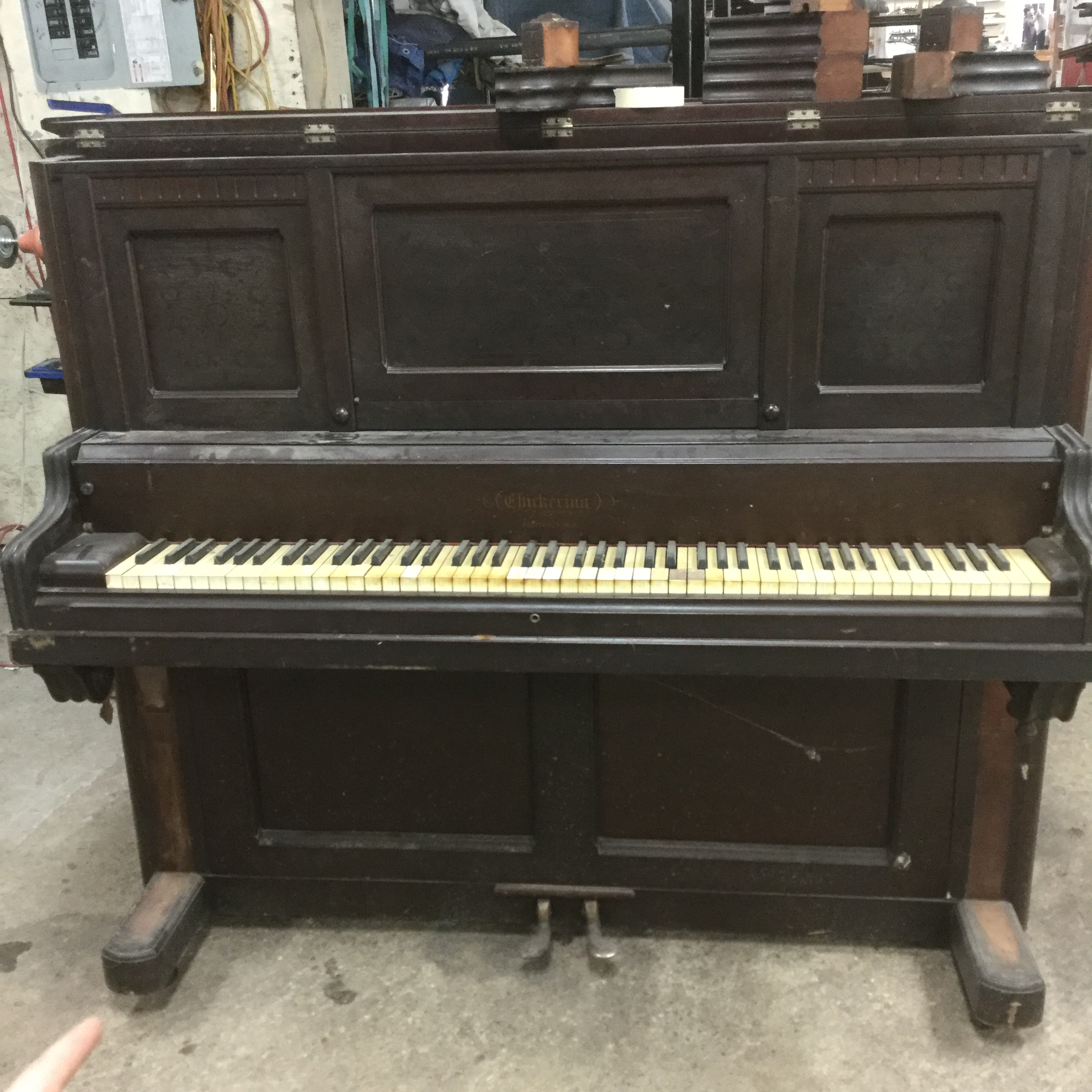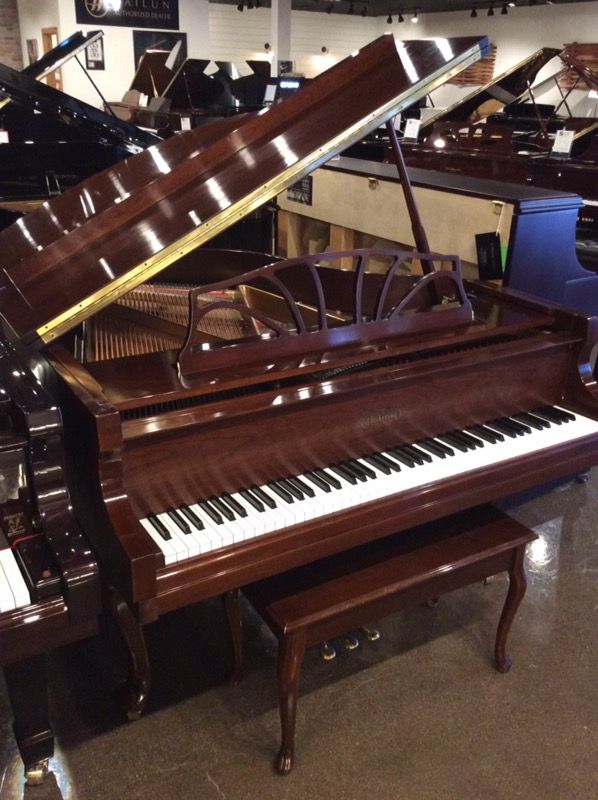

The factory had its “ups and downs” until 1985, when it closed for good. Many top craftsmen lost their jobs.īy 1970, the property was sold, buildings were consolidated and space was reduced. Production declined in the following decade, as less-expensive pianos imported from Japan affected sales. The Piano Works was still producing up to 350 pianos weekly during the 1950s, Burlingame wrote. And remember, rock and roll with its heavy emphasis on guitars was just around the corner. When one of the company founders, George Foster, retired after World War II, he declared the piano was “still the most popular of all musical instruments.”įamilies began choosing the new technology of television over pianos as their big-purchase home items. Pianos featured different types of wood, including mahogany, ebony, walnut, oak and cherry. “Blind tuners were mostly used because of their keen sense of hearing,” Burlingame wrote of the people responsible for tuning the pianos before they left the plant. Pianos would continue to be produced for decades. The plant made aircraft parts for the war effort during World War II. The place was big enough to have its own fire department at one time information Burlingame provided included a 1911 photo of the department. in the 1920s, “the moniker ‘General Motors of the piano industry’ was often attached,” Burlingame wrote.Īt one time counting 11 buildings, the Piano Works complex included a large woodworking plant, a foundry, a power house, dry kilns and an office. When it was known as the Aeolian American Corp. Most folks just called it the Piano Works.
CHICKERING PIANO QUALITY SERIES
The place went by different names over the years after a series of acquisitions and unions with other companies. It’s still standing, but was long ago converted into a retail-office facility. The enormous complex opened in 1905 on West Commercial near Washington Street. Top-shelf pianos took up to 14 months to complete, he wrote. “Many baby grand pianos and full-size grand pianos were made each year, including 20 concert grands, which were sometimes loaned to the Metropolitan Opera or other organizations for special occasions, then later sold.” “There may be factories that turned out more pianos, but they were not high quality pianos,” Burlingame wrote in a provided document. The products often wound up in lofty venues. The brands included esteemed varieties such as Chickering and Knabe, with the work all done by hand by master craftsmen.Įast Rochester historian Jim Burlingame said that the Piano Works complex at one time was among the largest piano plants in the country. What might be surprising is the quality and the sheer volume the West Commercial Street factories produced.ĭuring its heyday, the complex put out more than 700 pianos each week. Fans of Baldwin vertical pianos love the beautiful cabinetry of the Acrosonic models and the durability of the institutional models.For most of the 20th century, the Piano Works complex in East Rochester made - you guessed it - pianos. The Accu-just hitchpins and Synchro-tone bass strings used on ArtistGrands are also important Baldwin innovations.įans of Baldwin pianos love the big “American” sound of the instruments, particularly in the bass area, and the clear “bell-like” quality in the high treble end. The scale design is the “recipe” for the piano that consists of the materials used and all specifications, including the exact shape of the sound boards, the placement of the bridges and ribs, the length of the strings and the thickness of the rims and bracing. The most important aspect of technology in Baldwin pianos is their scale design. Baldwin has been in the business for 150 years and has become the piano of choice for the world’s hottest artists, including Aaron Copland, Liberace, Dave Brubeck, Marian McPartland, Ben Folds and Miley Cyrus. History is extremely important to the Baldwin brand. Baldwin pianos are famous for their touch, tone, and durability. The handmade Artist Grands, built at the Trumann Factory in the U.S.A., are among the finest anywhere, at any price.

Since then, Baldwin has become the only American piano company to make and distribute quality pianos to all price ranges and aspects of the piano market. In 1866, he hired Lucien Wulsin as a clerk, and the two eventually became partners in the venture, at the time named D.H. The company got its start in 1862, when beloved Cincinnati-based piano teacher Dwight Hamilton Baldwin launched a Decker Brothers piano dealership. Baldwin is about more than pianos-it’s about peerless quality and the absolute best-sounding and best-playing pianos anywhere.


 0 kommentar(er)
0 kommentar(er)
